Our Leaders Should Understand Basic Science
John Boehner, soon-to-be Speaker of the House, told a crowd recently:
The idea that carbon dioxide is a carcinogen that is harmful to our environment is almost comical. Every time we exhale, we exhale carbon dioxide. Every cow in the world, when they do what they do, we’ve got more carbon dioxide.
I know there are people who don’t know the difference between carbon dioxide and methane, or what a carcinogen is, and I’m completely fine with that; ignorance in the general population, the result of a failing school system, “is what it is.” But when stuff like this comes out of the mouth of one of the most powerful lawmakers on Earth, I’m not at all OK with that. We need to do a better job in electing people who have a basic command of the core issues that affect our survival.



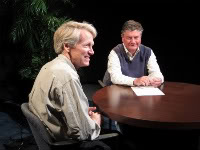
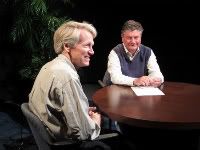 My friend Paul Scott (EV/renewables consultant and all-around good guy) announced that his employer, Nissan/Renault, began its transition to electric in earnest on Saturday.
My friend Paul Scott (EV/renewables consultant and all-around good guy) announced that his employer, Nissan/Renault, began its transition to electric in earnest on Saturday. 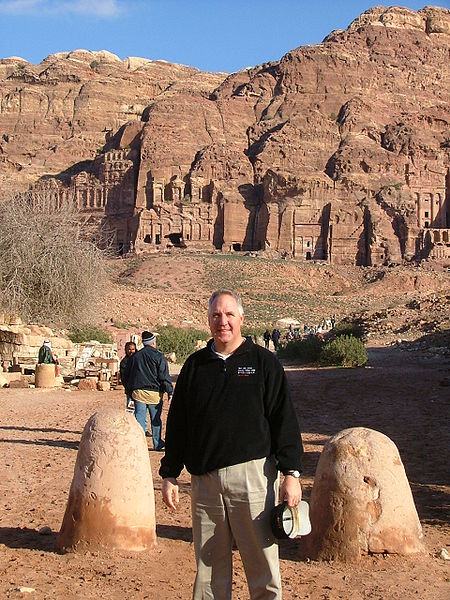
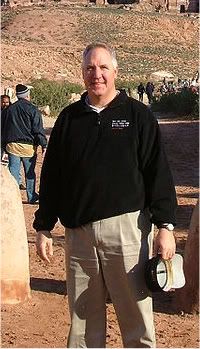
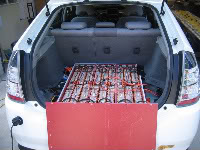
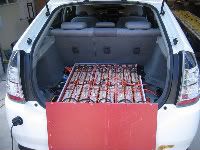 I had a chat with a friend at lunch just now who asked me for a summary of the migration to electric transportation. I tried to sum it up as follows:
I had a chat with a friend at lunch just now who asked me for a summary of the migration to electric transportation. I tried to sum it up as follows: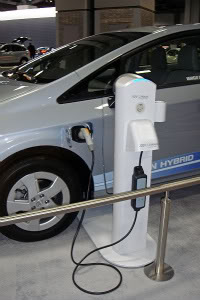
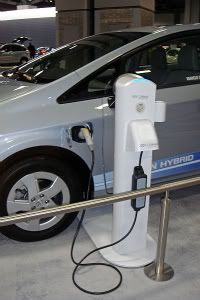


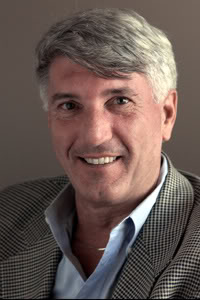
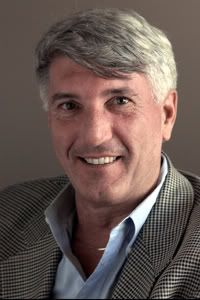
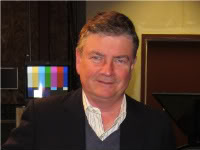
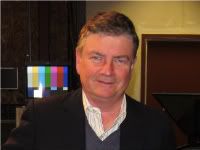
![[The Vector] Low Cost Power from High Altitude Winds](https://www.2greenenergy.com/wp-content/uploads/2010/12/kitegen.jpg)
![[The Vector] Low Cost Power from High Altitude Winds](http://50.56.70.20/wp-content/uploads/2010/12/kitegen.jpg) A near full-scale prototype of an airborne wind energy system that generates power from constant, high-speed, high-altitude winds will be tested in Piedmont, Italy, in the coming weeks.
A near full-scale prototype of an airborne wind energy system that generates power from constant, high-speed, high-altitude winds will be tested in Piedmont, Italy, in the coming weeks.
